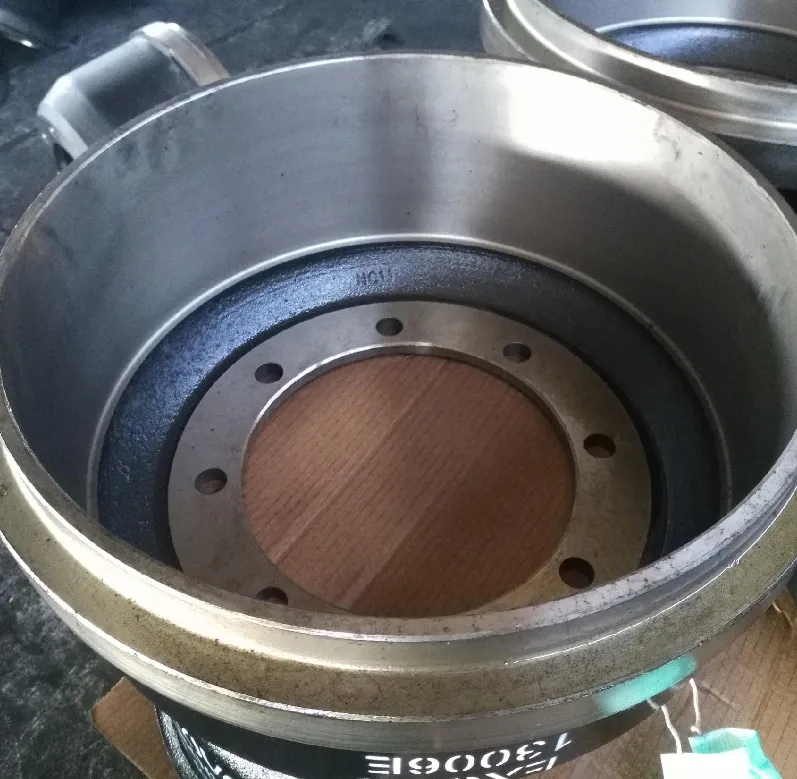
-
 Afrikaans
Afrikaans -
 Albanian
Albanian -
 Amharic
Amharic -
 Arabic
Arabic -
 Armenian
Armenian -
 Azerbaijani
Azerbaijani -
 Basque
Basque -
 Belarusian
Belarusian -
 Bengali
Bengali -
 Bosnian
Bosnian -
 Bulgarian
Bulgarian -
 Catalan
Catalan -
 Cebuano
Cebuano -
 Corsican
Corsican -
 Croatian
Croatian -
 Czech
Czech -
 Danish
Danish -
 Dutch
Dutch -
 English
English -
 Esperanto
Esperanto -
 Estonian
Estonian -
 Finnish
Finnish -
 French
French -
 Frisian
Frisian -
 Galician
Galician -
 Georgian
Georgian -
 German
German -
 Greek
Greek -
 Gujarati
Gujarati -
 Haitian Creole
Haitian Creole -
 hausa
hausa -
 hawaiian
hawaiian -
 Hebrew
Hebrew -
 Hindi
Hindi -
 Miao
Miao -
 Hungarian
Hungarian -
 Icelandic
Icelandic -
 igbo
igbo -
 Indonesian
Indonesian -
 irish
irish -
 Italian
Italian -
 Japanese
Japanese -
 Javanese
Javanese -
 Kannada
Kannada -
 kazakh
kazakh -
 Khmer
Khmer -
 Rwandese
Rwandese -
 Korean
Korean -
 Kurdish
Kurdish -
 Kyrgyz
Kyrgyz -
 Lao
Lao -
 Latin
Latin -
 Latvian
Latvian -
 Lithuanian
Lithuanian -
 Luxembourgish
Luxembourgish -
 Macedonian
Macedonian -
 Malgashi
Malgashi -
 Malay
Malay -
 Malayalam
Malayalam -
 Maltese
Maltese -
 Maori
Maori -
 Marathi
Marathi -
 Mongolian
Mongolian -
 Myanmar
Myanmar -
 Nepali
Nepali -
 Norwegian
Norwegian -
 Norwegian
Norwegian -
 Occitan
Occitan -
 Pashto
Pashto -
 Persian
Persian -
 Polish
Polish -
 Portuguese
Portuguese -
 Punjabi
Punjabi -
 Romanian
Romanian -
 Russian
Russian -
 Samoan
Samoan -
 Scottish Gaelic
Scottish Gaelic -
 Serbian
Serbian -
 Sesotho
Sesotho -
 Shona
Shona -
 Sindhi
Sindhi -
 Sinhala
Sinhala -
 Slovak
Slovak -
 Slovenian
Slovenian -
 Somali
Somali -
 Spanish
Spanish -
 Sundanese
Sundanese -
 Swahili
Swahili -
 Swedish
Swedish -
 Tagalog
Tagalog -
 Tajik
Tajik -
 Tamil
Tamil -
 Tatar
Tatar -
 Telugu
Telugu -
 Thai
Thai -
 Turkish
Turkish -
 Turkmen
Turkmen -
 Ukrainian
Ukrainian -
 Urdu
Urdu -
 Uighur
Uighur -
 Uzbek
Uzbek -
 Vietnamese
Vietnamese -
 Welsh
Welsh -
 Bantu
Bantu -
 Yiddish
Yiddish -
 Yoruba
Yoruba -
 Zulu
Zulu
how many miles do drum brakes last
Understanding the Lifespan of Drum Brakes How Many Miles Can You Expect?
Drum brakes are an integral component of many vehicles, particularly in older models or certain types of trucks and SUVs. They function by using friction to slow down or stop the vehicle, employing a set of brake shoes inside a drum that expands when the brake pedal is pressed. A common question among vehicle owners is how many miles can you expect drum brakes to last? While there isn't a one-size-fits-all answer, several factors can influence their lifespan.
Typical Lifespan of Drum Brakes
On average, drum brakes can last anywhere from 30,000 to 70,000 miles, depending on a variety of conditions. However, this range can fluctuate widely based on driving habits, the type of vehicle, and the environment in which the vehicle operates. For example, vehicles that are frequently used for towing or that regularly drive in hilly areas may experience more wear on their drum brakes, resulting in a shorter lifespan.
Factors Influencing Brake Longevity
1. Driving Habits Aggressive driving can lead to increased brake wear. Frequent hard braking, sudden stops, and heavy acceleration can heat up the brakes significantly. In contrast, smooth driving habits can extend the life of drum brakes.
2. Vehicle Type Heavier vehicles typically exert more force on brake systems, leading to faster wear. Trucks and vans, especially those used for heavy hauling, may require more frequent brake replacements compared to lighter passenger cars.
3. Quality of Brake Parts The quality of the drum brake components also plays a crucial role. Using high-quality materials can often yield better performance and longer life. Cheaper, lower-quality parts may save money upfront but can lead to more frequent maintenance over time.
how many miles do drum brakes last

4. Environmental Conditions Areas with heavy rainfall, snow, or road salt can accelerate brake wear. Moisture can cause corrosion, and accumulated debris can lead to more friction, ultimately reducing lifespan.
5. Regular Maintenance Regular inspections and maintenance can help you anticipate when your drum brakes need servicing. A mechanic can check for wear and tear, making necessary adjustments or replacements to prolong their life.
Warning Signs That It May Be Time to Replace Drum Brakes
As drum brakes wear down, several warning signs may indicate it's time for a check-up or replacement
- Squeaking or Grinding Noises If you hear unusual sounds when applying the brakes, it may be a sign that the brake shoes are worn out. - Reduced Performance A noticeable decrease in braking efficiency can be a warning sign. If the vehicle takes longer to stop than it usually does, it’s time for a professional evaluation. - Vibration or Pulsation If the brake pedal vibrates when pressed, it may indicate warping of the drum or uneven wear of the brake shoes. - Pulling to One Side If your vehicle tends to pull to one side when braking, it could signify uneven brake wear or a malfunctioning brake component.
Conclusion
Understanding the lifespan of drum brakes and the factors affecting their performance is essential for vehicle owners. While the average lifespan ranges from 30,000 to 70,000 miles, individual experiences can vary greatly based on driving conditions and habits. Regular maintenance and being aware of warning signs can ensure that your drum brakes provide reliable performance throughout their life. Always consult a qualified mechanic if you have concerns about your braking system, as safety should always be the top priority when it comes to vehicle maintenance. By keeping an eye on your drum brakes, you can ensure a safer driving experience and potentially save on costly repairs down the road.
-
What Are Drum BrakesNewsJul.07,2025
-
Understanding Brake Drum MaterialNewsJul.07,2025
-
Semi-Trailer Brake Drum: A Key Component for Extreme Loads and Long-Distance TransportNewsJul.07,2025
-
Drum Brake Pads for SaleNewsJul.07,2025
-
Brake Drums for SaleNewsJul.07,2025
-
Brake Drum ManufacturerNewsJul.07,2025
-
Aluminum Brake Drums: The Future of High-Performance CarsNewsJul.07,2025
